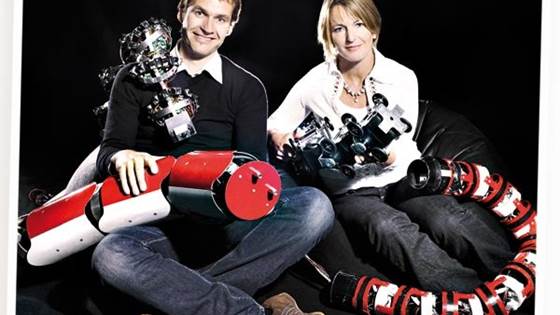Dropping anchor in deep waters
Maybe it looks like a giant arrow or a rocket, but this 13 metre-long, 80-tonne anchor is currently being tested as a new mooring concept for offshore installations.
Maybe it looks like a giant arrow or a rocket, but this 13 metre-long, 80-tonne anchor is currently being tested as a new mooring concept for offshore installations.

Maybe it looks like a giant arrow or a rocket, but this 13 metre-long, 80-tonne anchor is currently being tested as a new mooring concept for offshore installations.

New software adapts to changing battery and Internet connections.

No, this isn’t ice, but hydrates, ice-like crystals that are […]
The EU’s SMARTIEHS project will enable MEMS structures to be tested one hundred times as fast as they can today. This will mean cheaper and more reliable electronic equipment for people you us.
Researchers fear that our personal and consumer data protection is being compromised by the growth of social media such as Facebook and Twitter.
The EU’s three-year FoXy programme has come to an end. The research group is very satisfied, and the EU Commission is handing out praise.
Scientists at SINTEF and StatoilHydro have developed a level-gauge staff that uses pressure differences to measure the levels of water, oil and gas in oil separators.
Jorunn Skjermo is doing her best to ensure that cars will obtain green fuel from the sea
Nanoproducts have entered our lives, almost without being noticed. Artificial particles end up in the atmosphere, earth and water. What happens to them?
SINTEF’s DYNAMIS project received the “CSLF Recognition Award” in London in October for its contribution to CO2 capture and storage.
If we continue to use our hospitals in the same way as we do now, the health service in 2030 will need to employ every second young person in the country and increase hospital bed capacity by 5000.
A specially modified, millimetre-thick, super-absorbent bed sheet solves delivery-room problems

Nanoproducts have slipped into our lives, almost without being noticed. Man-made particles end up in the air, soil and water. What happens to them?

Their brains are still no more advanced than that of a one-year-old, but scientists want robots to be as smart as teenagers – at least.